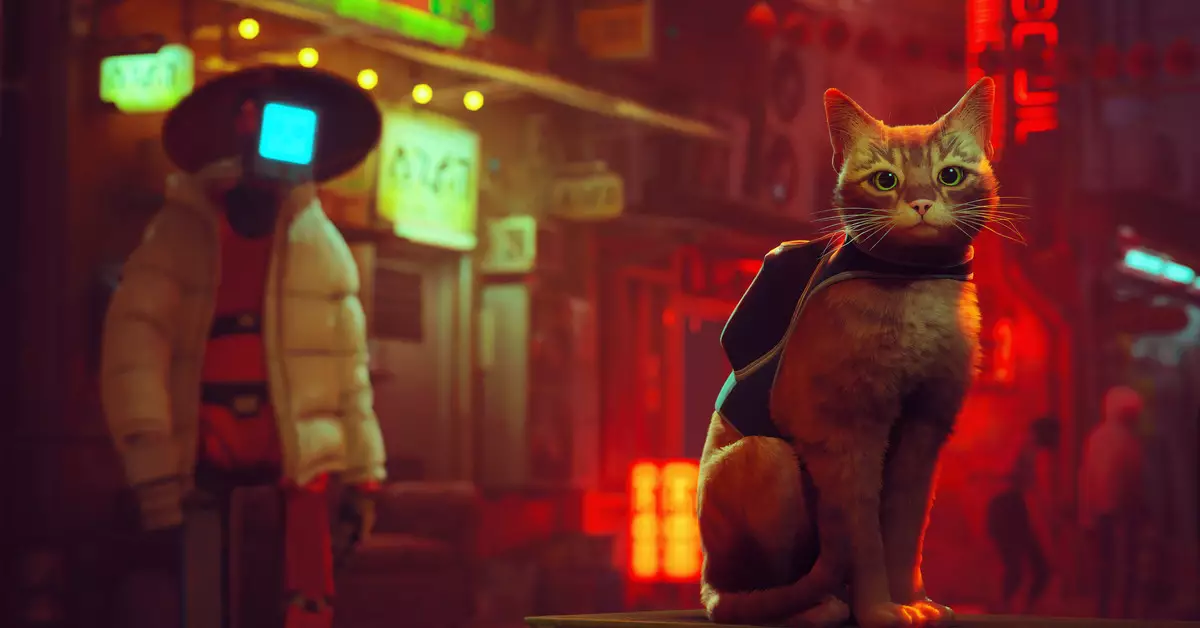Annapurna Interactive has established itself as a powerhouse in the realm of indie gaming, earning a reputation through acclaimed titles such as *Stray*, *Outer Wilds*, and *What Remains of Edith Finch*. However, recent developments signal a tumultuous shift within the organization that may alter its course significantly. Reports from Bloomberg and IGN indicate that the entire team—comprising 25 dedicated individuals—has resigned amid disputes regarding the future direction of the gaming division under the broader Annapurna company. The decision was not made lightly; former president Nathan Gary described it as a difficult yet necessary choice, given the inability to secure a proper framework for independence from the overarching corporate structure.
A Friction Between Creative Freedom and Corporate Structure
The core of this conflict appears to stem from the desire among the Annapurna Interactive staff for autonomy in pursuing their creative endeavors, a sentiment often underrepresented in larger corporate entities. This resignation reflects a growing unease in the industry regarding how independent studios within larger corporations are often stifled by bureaucratic constraints. With the recent management changes, including the appointments of figures like Hector Sanchez from Epic Games, the leadership transition hints at a possible reordering of priorities that may not align with the team’s original vision for the gaming division.
An Annapurna spokesperson reassured that existing projects would continue under the current framework, but the essence of creativity and innovation that thrived under Annapurna Interactive may suffer from a lack of direction. The integration of gaming operations with film and television divisions might dilute the focused passion that independent games demand, especially when the essence of storytelling and player engagement are at stake.
Despite these turbulent waters, the legacy and future potential of Annapurna Interactive hold significant weight in the industry. The parent company has shown a remarkable ability to produce critically acclaimed films that resonate with audiences, and it has leveraged this storytelling prowess into the gaming landscape. The recent forays into developing original games and animated adaptations signal ambition; however, the challenges that come with managing various factions of creative content may overshadow these opportunities.
Annapurna’s struggle to maintain its gaming integrity echoes a broader trend in the industry. As companies pursue expansive entertainment ecosystems that encompass various media formats, the risk of losing the uniqueness and artistic liberation that defines indie gaming becomes increasingly real. Uniting separate arts into a coherent vision is no small feat and often comes at the expense of innovation when dictated by profit margins rather than artistic merit.
The resignation of Annapurna Interactive’s entire team raises pressing questions about the future of indie gaming under corporate governance. With a legacy built on innovation and creativity now teetering on the edge of restructuring, industry observers will undoubtedly watch closely to see whether Annapurna can redefine itself while honoring the essence of what made it a venerated name in gaming. The road ahead may be marked by challenges, but it also offers potential for evolution—an evolution that, if navigated thoughtfully, can reinvigorate the indie gaming scene.

